Grow Your Dream Garden: A Beginner’s Guide to Flower Gardening
Do you dream of having your own flower garden but feel overwhelmed by the thought of starting one? This guide to flower gardening for beginners will show you everything you need to start a garden and how to maintain it to get the best results.
If you’re a beginner gardener and not sure how to begin the process of starting a garden, you’re not alone. I was in your shoes when we bought our house almost 12 years ago. I started slowly, took baby steps, and still learned new things about gardening daily!
I’m sharing some simple beginning flower gardening tips in this guide. From choosing the right location and preparing the soil to selecting the right plants to grow and how to maintain them, I’ve got you covered.
As a new gardener, this beginner’s flower garden guide will help you gain the confidence to grow healthy plants while enjoying the entire process. And yes…garden therapy is a thing!
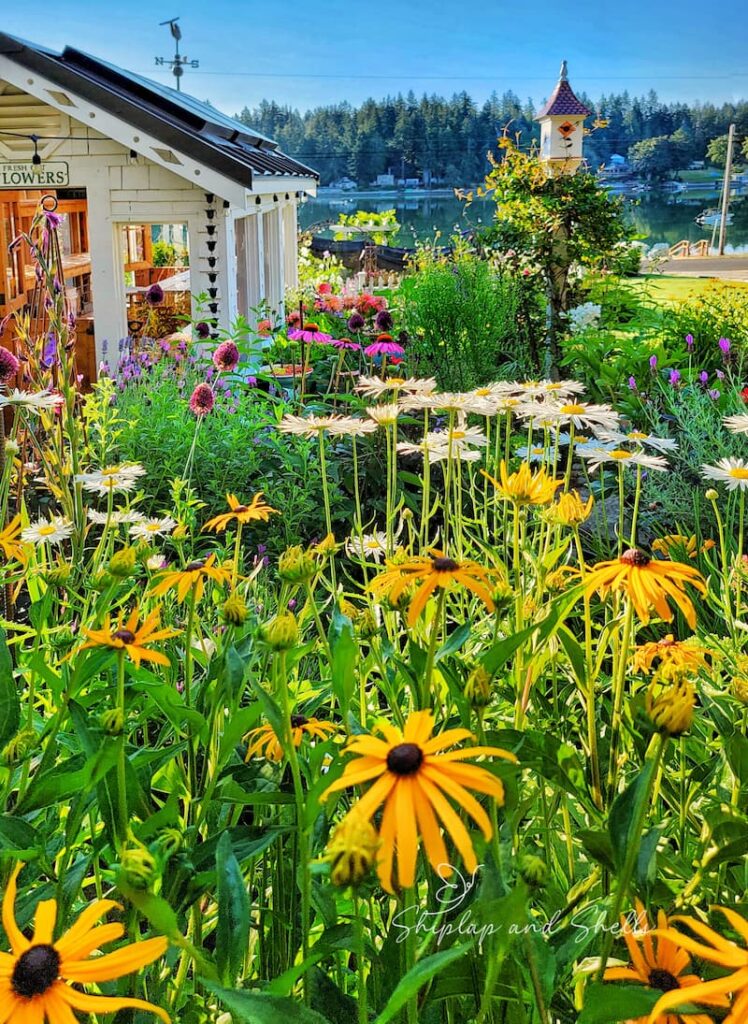
As an Amazon affiliate, I earn a commission from qualifying purchases at no additional cost to you. My blog also features other affiliate links for your convenience. Click here to read my privacy policy.
Choosing the Right Location for a Beginner Flower Garden
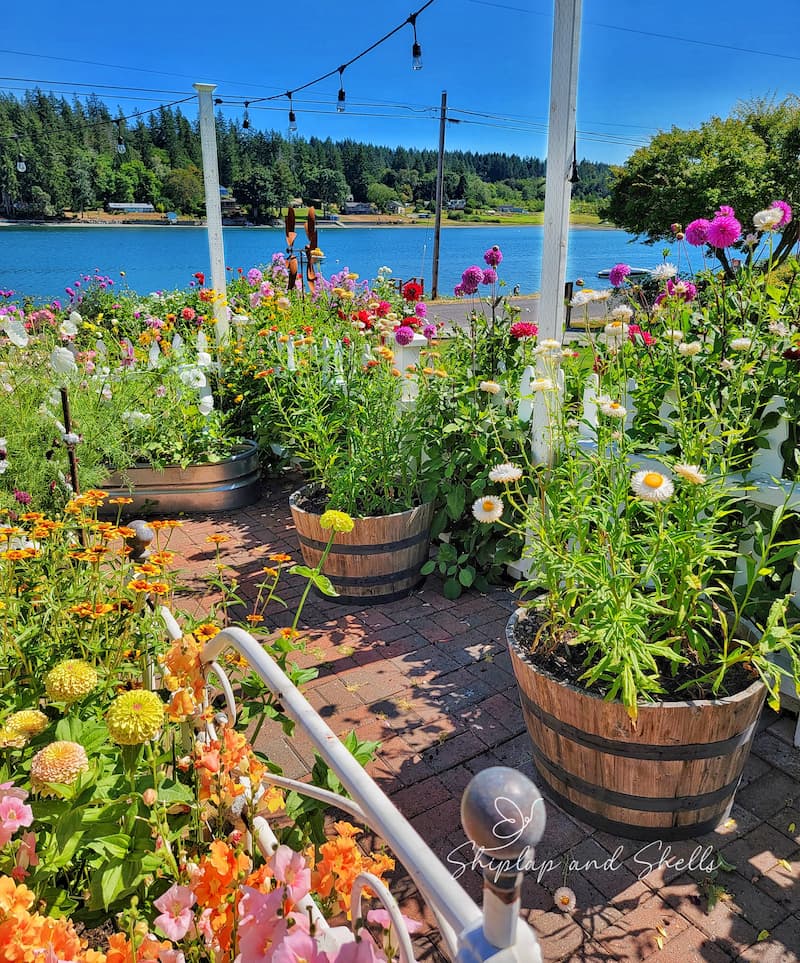
One of the most important things for beginner gardeners is determining the best outdoor space for a first-time flower garden. Here are some factors to consider when looking for the perfect garden space.
Once you have found the perfect spot for your garden, it’s time to prepare the soil for planting.
Preparing Your Soil for a Flower Garden for Beginners
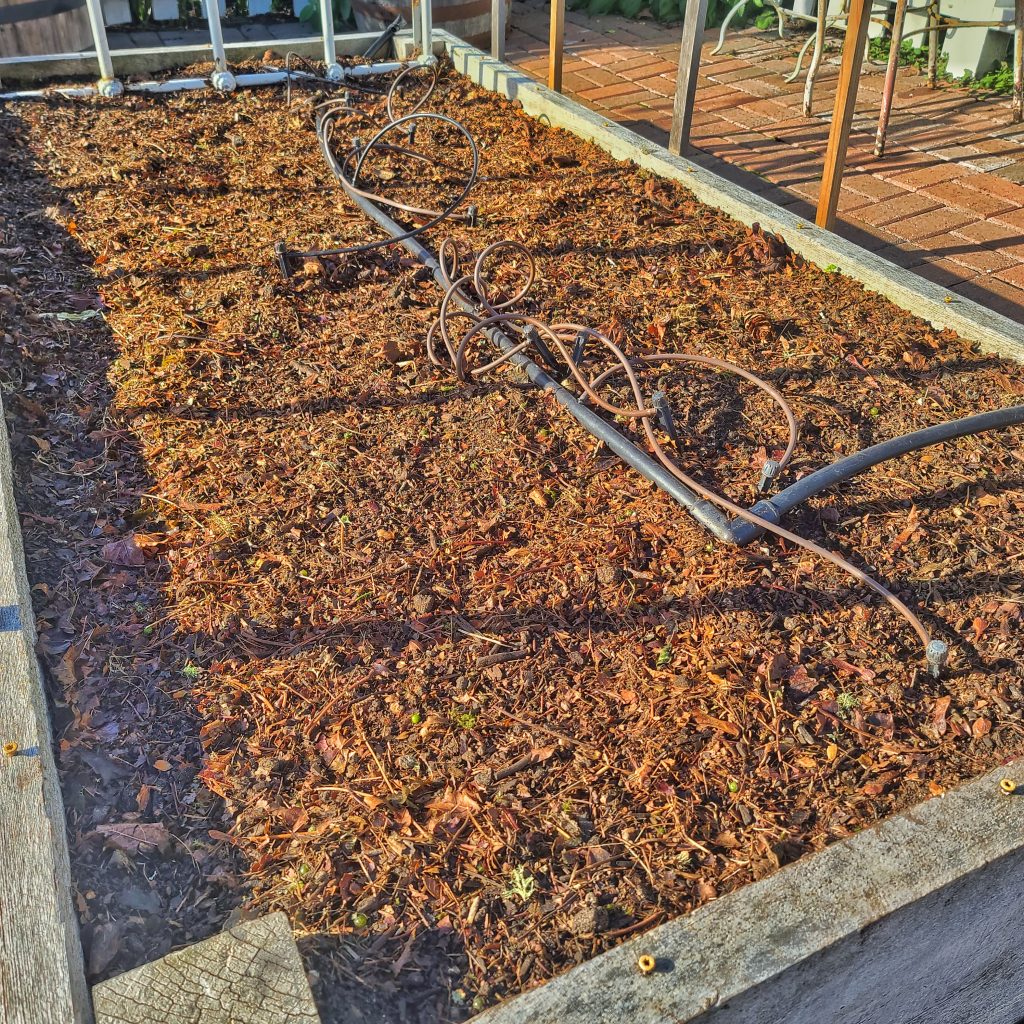
Good garden soil is essential for the health of your plants. When planting a flower garden, soil preparation will make all the difference in the world.
Preparing your soil might seem daunting, but it’s an essential step in starting a successful garden. By preparing your soil from the start, you’re setting your plants up for success and creating the perfect environment for them to thrive.
Steps to Prepare Your Garden Soil
1 – Remove any weeds, rocks, debris, and sod from your new garden area.
2 – Loosen up the soil by aerating and breaking up any large clumps, and turn over the soil using a garden fork or a tiller for larger spaces. This process helps give your plants better root growth by allowing water and oxygen to penetrate deeper into the soil.
3 – Perform a soil test to check the nutrient and pH levels before planting anything in your new garden space. This will give you a better understanding of how your soil will perform and what amendments are needed to be added to the ground.
There are soil test options available. You can learn more about how to test your soil HERE.
You can hire a local garden resource center to test your soil conditions or go through your county cooperative extension office.
4 – For healthy soil, add amendments or organic matter to your garden soil, such as compost or leaf litter. This will improve the soil quality and help retain moisture.
5 – Level out the surface for planting with a rake or hoe.
Now, you’re ready to start choosing the different plants in your new garden.
Selecting the Right Plants for Your Garden Set-Up
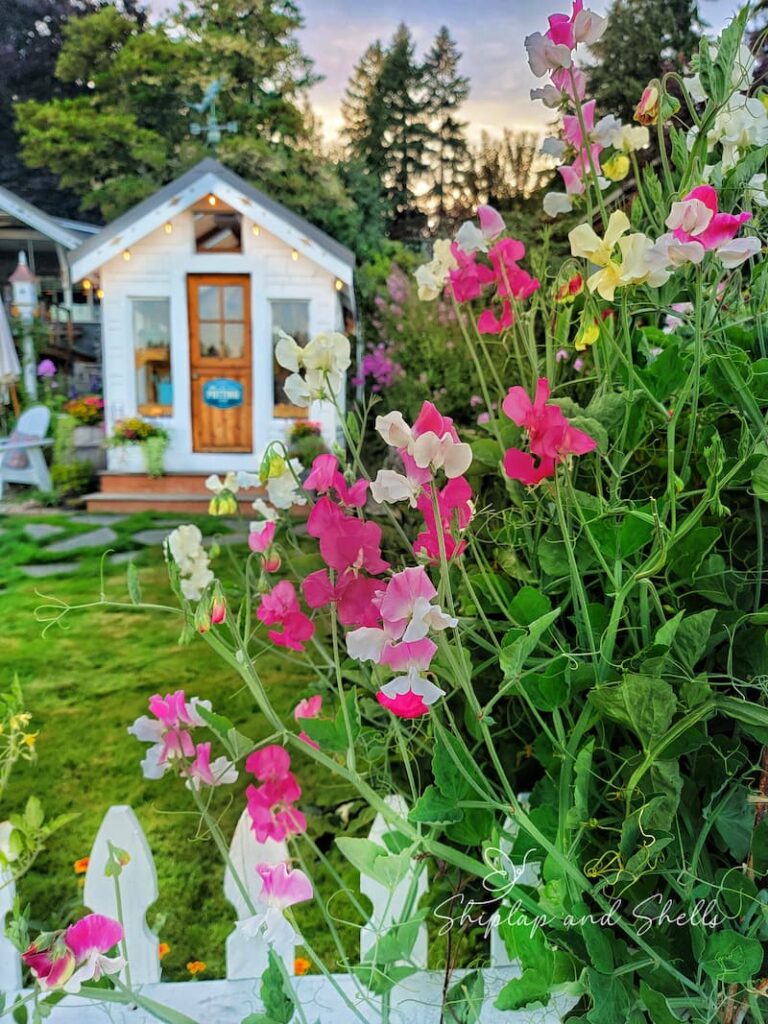
When selecting the best flowers for beginning gardeners, choose ones that will thrive in your specific environment.
Know When to Plant Your Flowers in Your Garden Beds
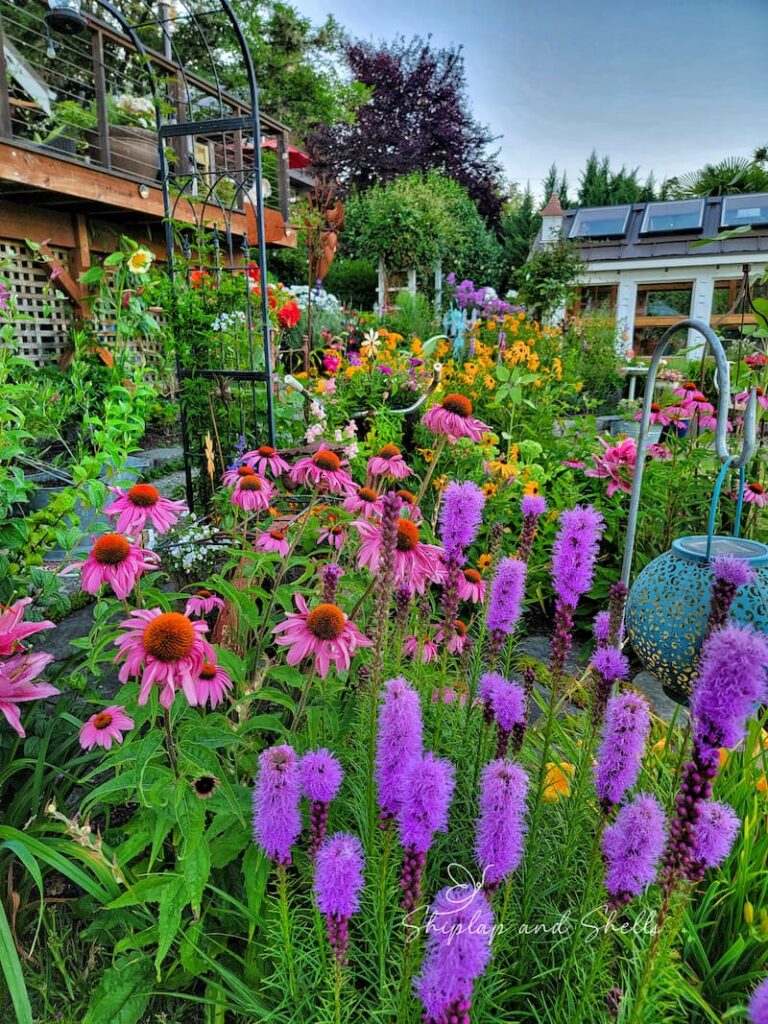
Timing is everything when starting a garden.
The best way to determine the right time to plant your flowers is by knowing the last frost date in your area. This will save you a lot of heartache in the future.
Your plants need to be acclimated to the outdoor elements before you plant them in the garden. This is called hardening off your plants.
Whether you’re transplanting seedlings growing indoors or planting flowers you bought from an indoor garden center, your plants will need time to get used to the outdoor growing conditions.
How to Water Your Flower Garden
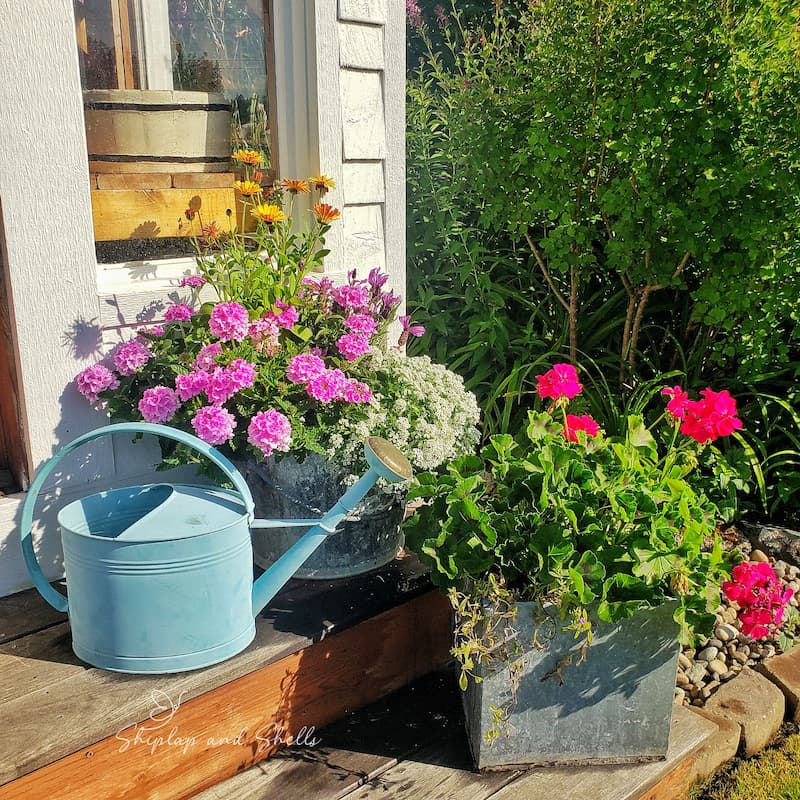
Knowing how much water your garden needs or when to water your plants can be challenging for a beginner. Follow these simple watering tips to create a healthy and flourishing garden.
Garden Supplies and Tools
Check out my favorite garden supplies and tools for the growing season. Whether you’re looking for potting soil or deer repellent, you’ll find what I use in my own garden.
Maintaining a Flower Garden Guide for Beginners
Weeding Garden Beds
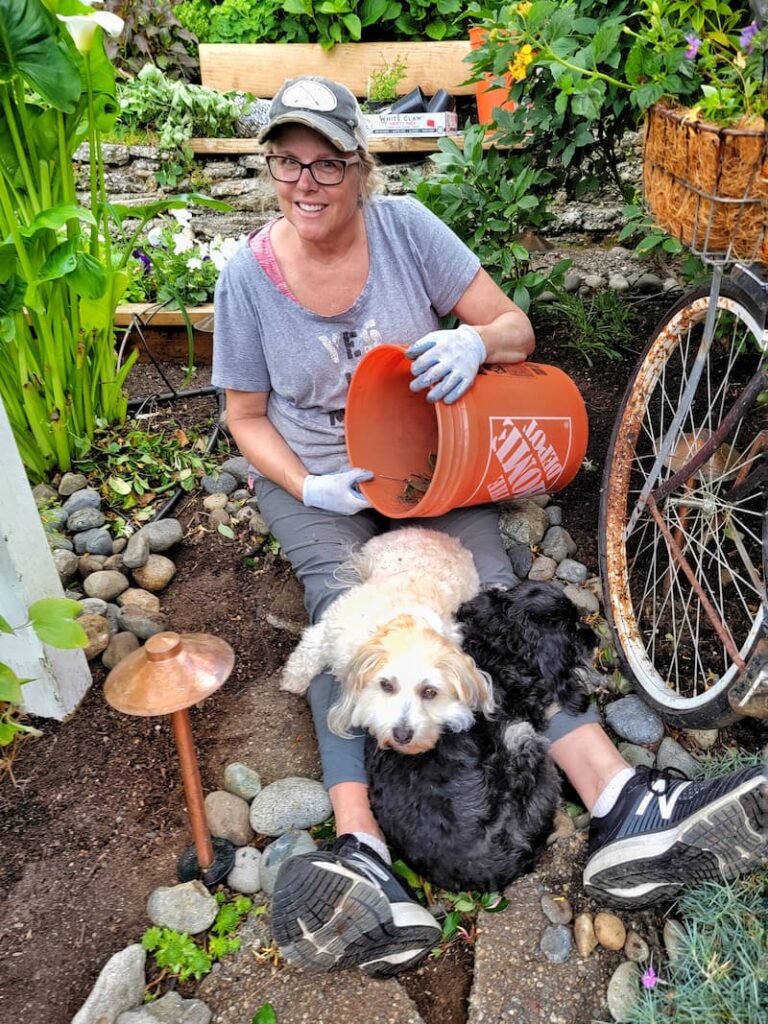
Let’s be honest. Controlling the weeds in your garden is an ongoing battle for most gardeners. Here are a few tips I’ve learned over the years.
Deadheading Your Spent Flowers
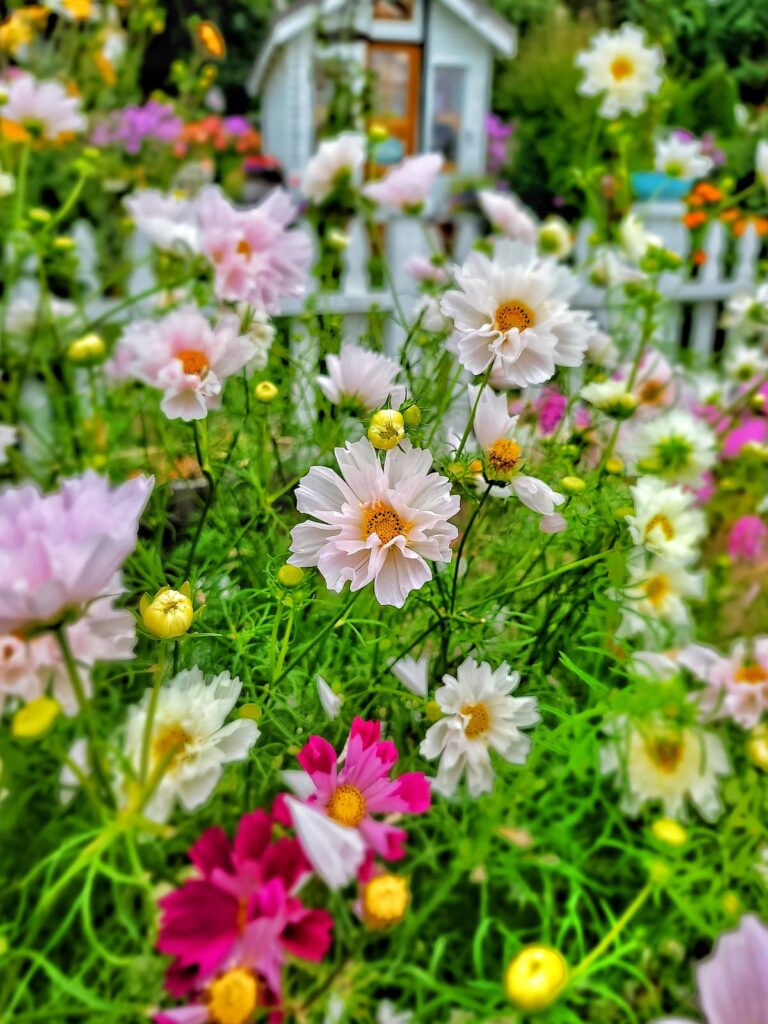
The process of removing dead flower heads from a plant is called deadheading. This not only helps your garden look clean and tidy, but it also encourages more bloom production.
The plant can then redirect its energy to producing healthy, new flowers.
Supporting Tall Plants in the Flower Garden
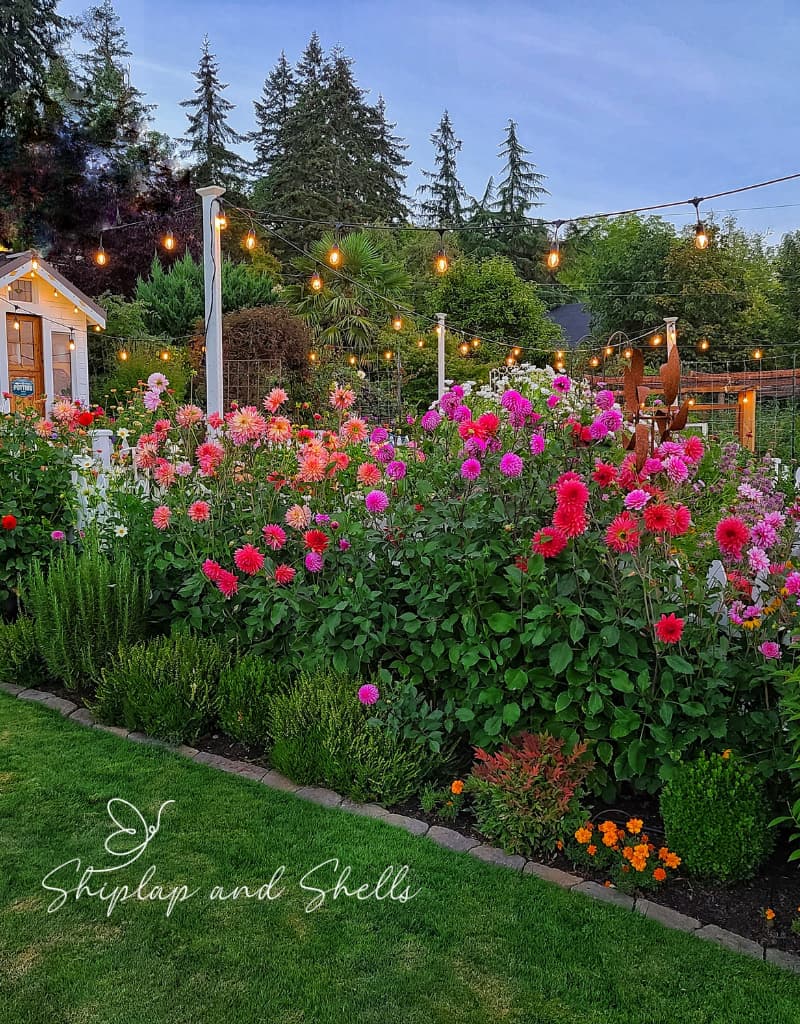
Depending on the flower, the stems may need additional support to stand tall.
You can choose from various support methods to keep your flowers from falling over in the flower garden.
Dealing with Common Garden Pests and Diseases
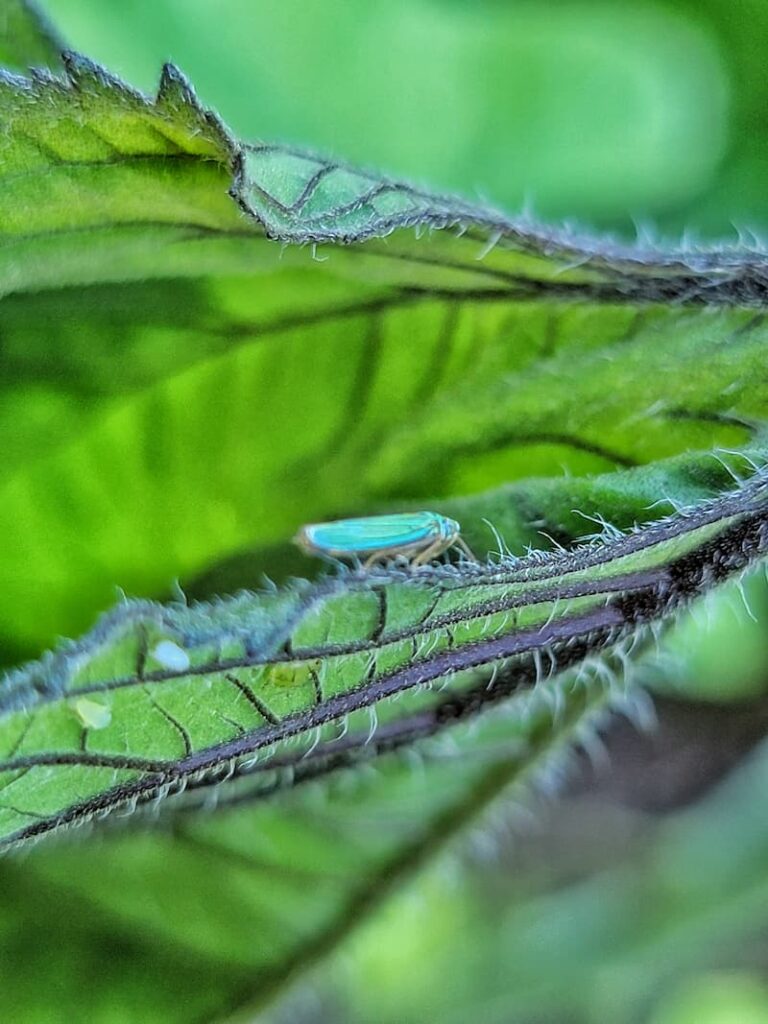
Nothing is more frustrating than walking out to your garden to see that garden pests or diseases have ruined one of your favorite plants. Pest control is essential when growing a garden.
Aphids
These tiny insects can quickly take over your garden plants and cause damage. Ladybugs are a great way to control these pests, and they can be sprayed with a mixture of water and dish soap on the plant.
Slugs and Snails
We get many of these pests in the rainy and wet Pacific Northwest. They can decimate your plants by eating your plant leaves and stems.
There are several ways to control these pests. I use the slug bait called Sluggo, which is pet-safe. You can also deter slugs and snails by placing crushed eggshells or copper tape around your plants.
And, of course, there’s the much-talked-about way to trap slugs by pouring beer into shallow dishes in the garden soil.
Deer
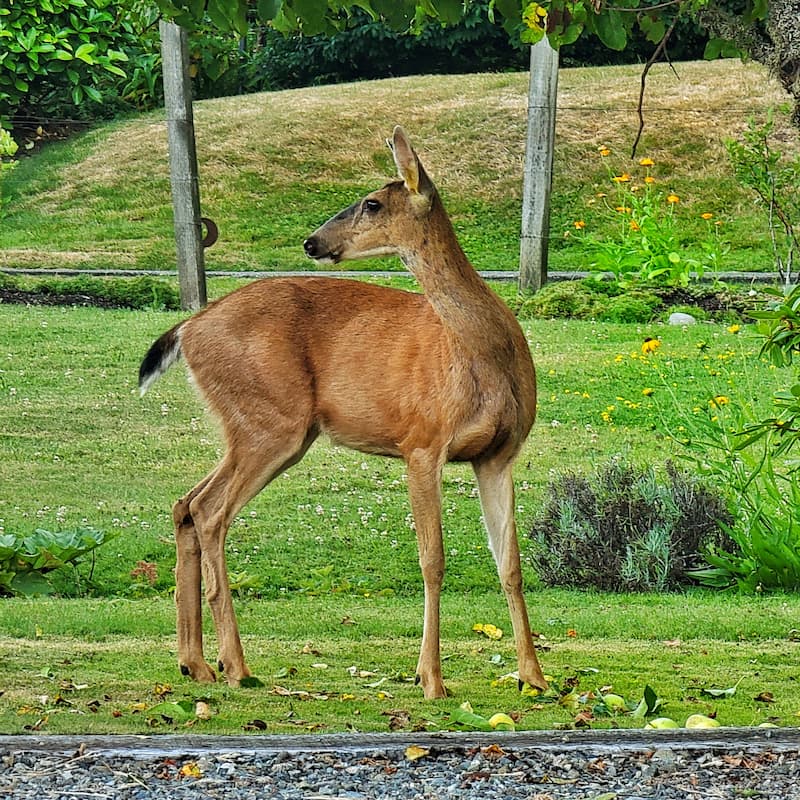
As a gardener, it’s hard to think of deer as cute animals. They are nothing but trouble when it comes to a flower garden.
Of course, the best thing you can do to keep these pesky animals out of the garden is to grow plants that deer are not attracted to, like daffodils and marigolds.
But if you’re like me, you’ll want to grow your favorite flowers, whether the deer like them or not.
Using a deer and rabbit repellant like Liquid Fence has worked well for me as long as I use it every few weeks without fail. I use a concentrate, and it has lasted for years.
Another tool I use is a motion sensor sprinkler set to go off from dusk to dawn when a deer is detected. The sudden burst of water can startle a deer.
And then there’s always building a garden fence at least 8 feet tall.
Powdery Mildew
This fungal disease can affect various plants and cause a white, powdery coating on the leaves. Remove the diseased leaves and apply a fungicide spray to prevent them from spreading.
Practicing proper gardening techniques can help prevent fungal disease in your garden.
You can keep your garden healthy and thriving by proactively addressing common garden pest and disease issues early in the growing season.
Gardening Made Simple – Your Guide to Beginning Gardening
Walk Your Garden Regularly
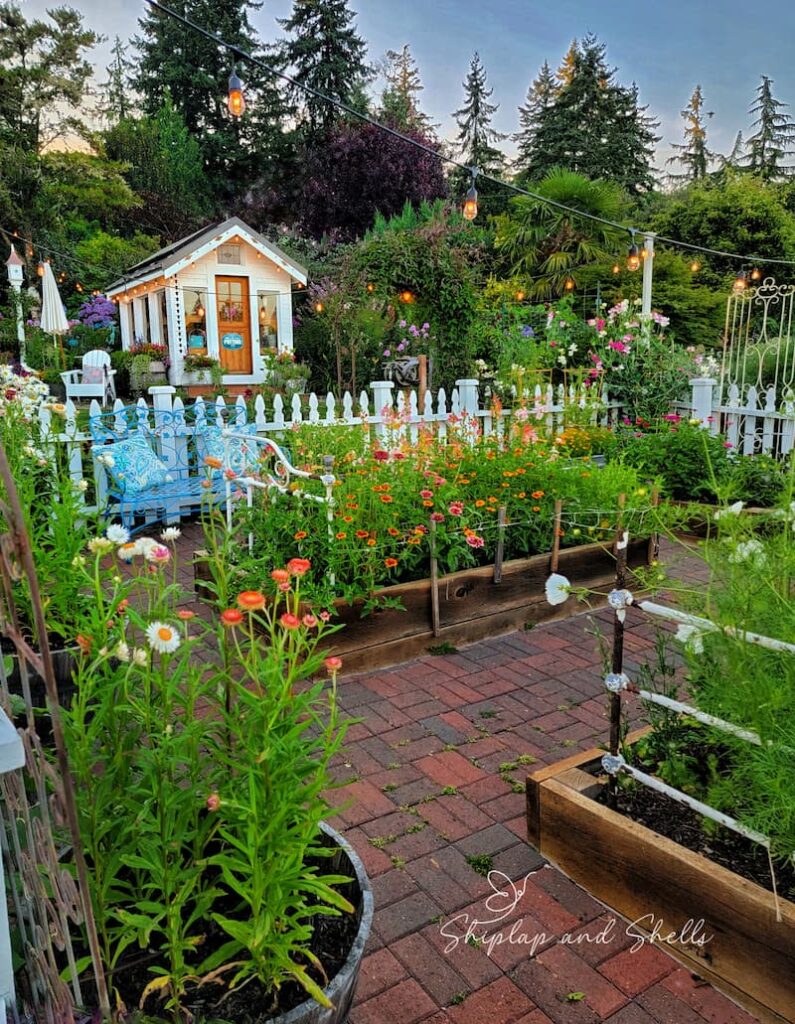
A daily garden walk is not only fun, but it’s necessary.
Common Questions About Beginning Flower Gardening
When is the Best Time to Start a New Garden?
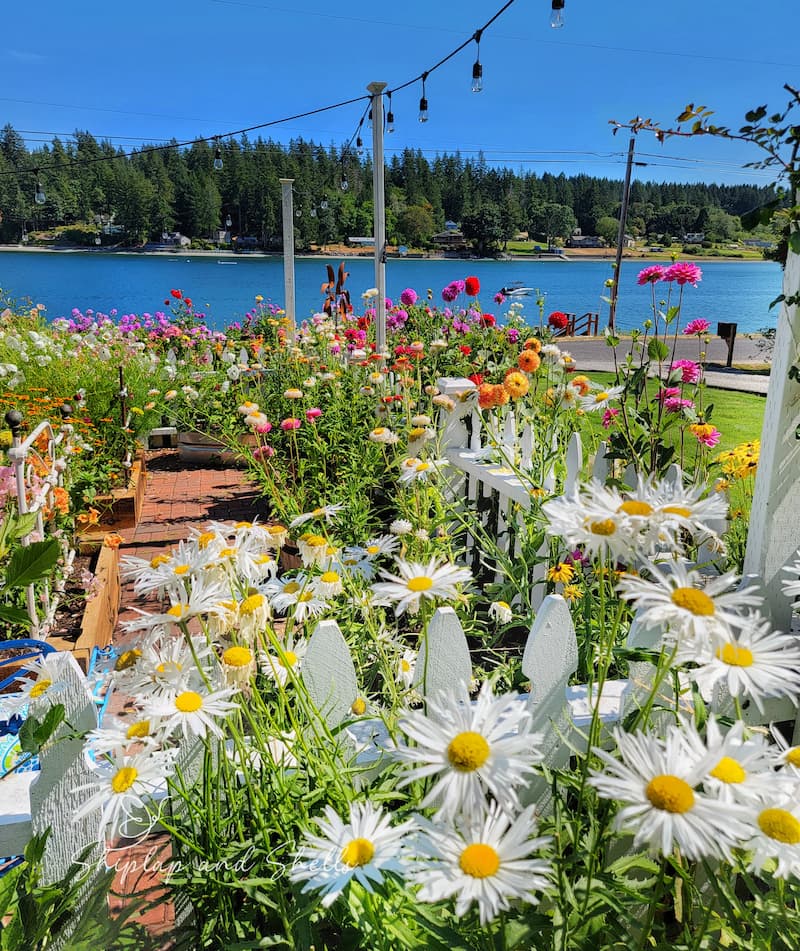
Spring is usually the best time to start a new garden, but plants can always be added to the beds in fall. It depends on the type of plant.
Annuals and tomatoes should be planted after the last frost date after the weather has warmed up. Plants like pansies and kale can be planted in the fall or winter. Perennials can be planted in mid-spring or mid-fall.
How Do You Start a Small Garden for Beginners?
You don’t have to have that much space to grow a garden. Here are three great options for starting a garden with small spaces:
What Tools Do You Need for Flower Gardening for Beginners?
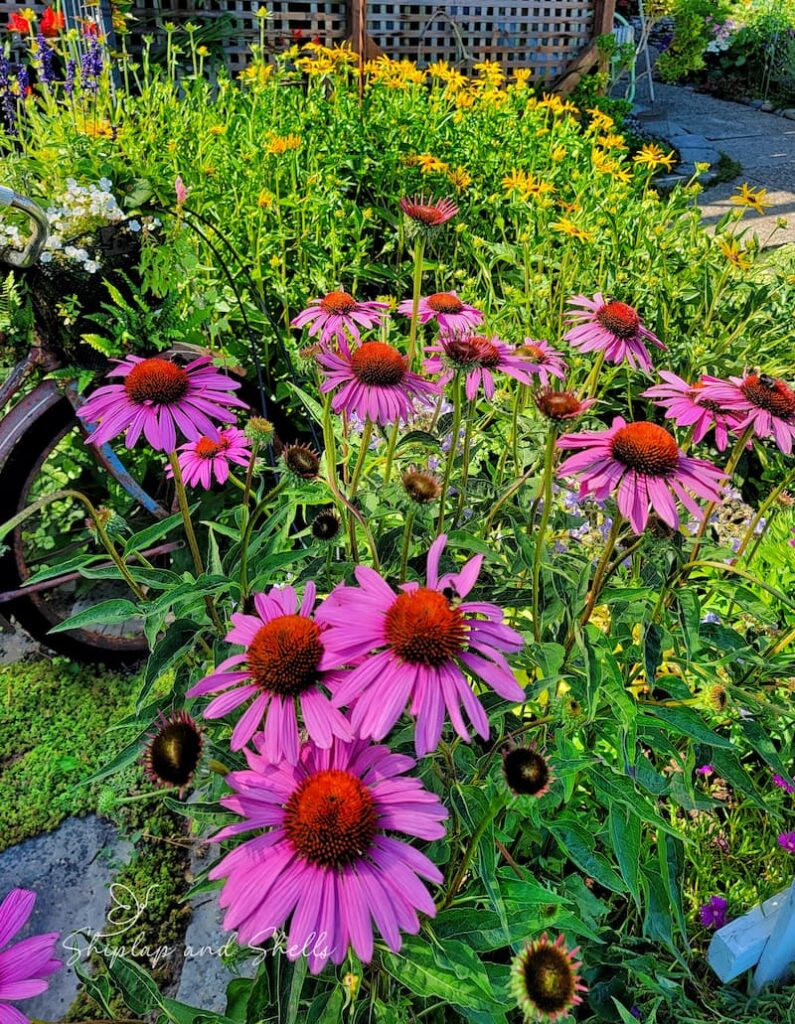
Every beginning gardener needs these basics:
How Much Soil Will You Need to Start a Garden?
For example, a 4’x4′ garden bed that is 1 foot deep will need 16 cubic feet of soil.
Final Thoughts for Growing a Garden as a Beginner
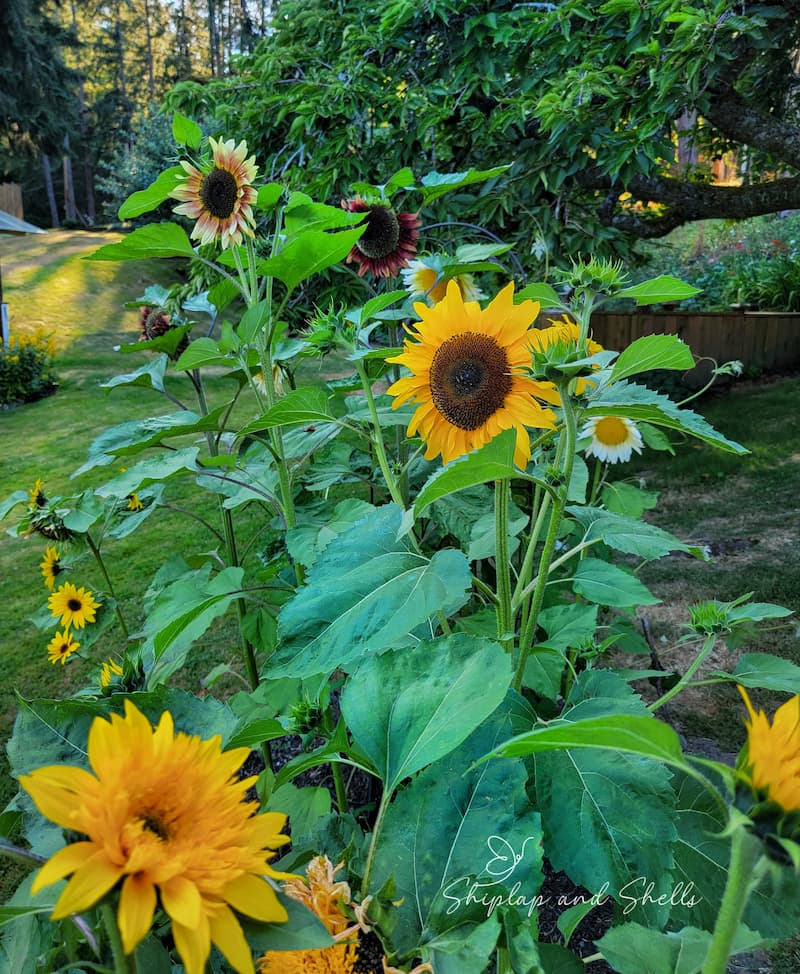
Starting a flower garden can initially seem intimidating, but it can also be a rewarding experience. Whether connecting with nature or experimenting with different varieties of flowers, you’ll appreciate all that comes with being a gardener.
There’s nothing like getting your hands dirty!
If you have any questions or additional suggestions, please share them in the comments below. And be sure to share this blog post link with anyone who may find these gardening tips useful.
Until next time,
Happy Gardening!

I’m a self-taught hobby gardener. Everything I share on my blog is my opinion and what has worked for me.
MORE POSTS
For You To Enjoy
Follow Me for More Inspiration
Shop my Amazon Storefront, LTK sources, and my favorite home decor, garden, and lifestyle products. When you purchase from one of my links, I earn a small commission, which helps me continue sharing all the content you expect on my blog.
Follow me on Pinterest, Instagram, Facebook, TikTok and LIKEtoKNOW.it. Do you like gardening? Join my Facebook Gardening Tips & Tricks group.

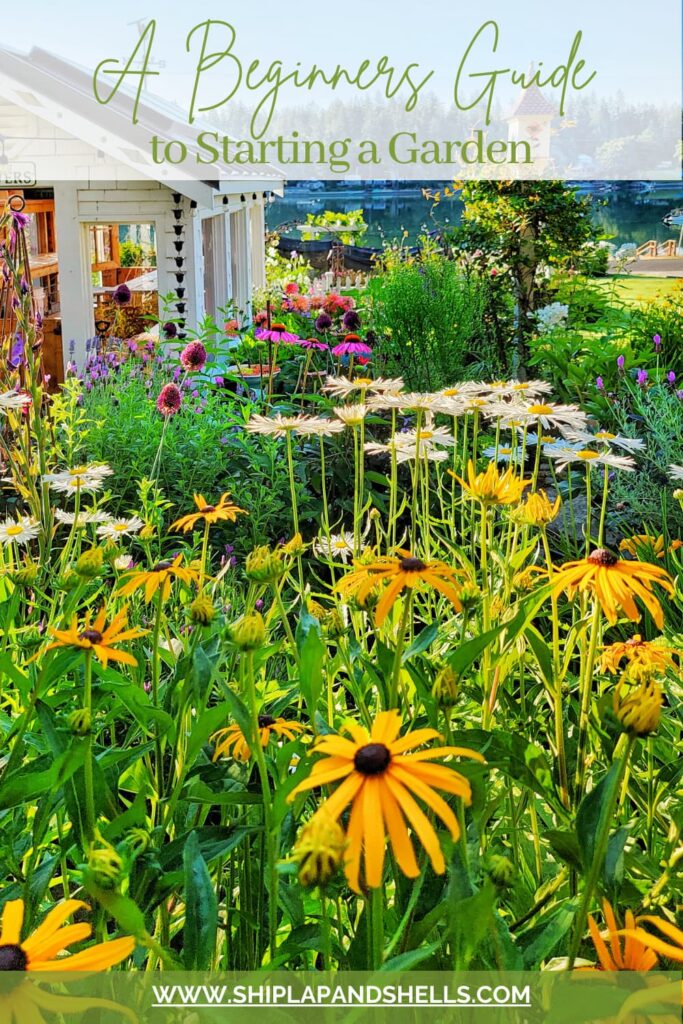

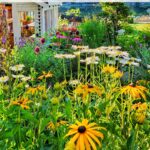
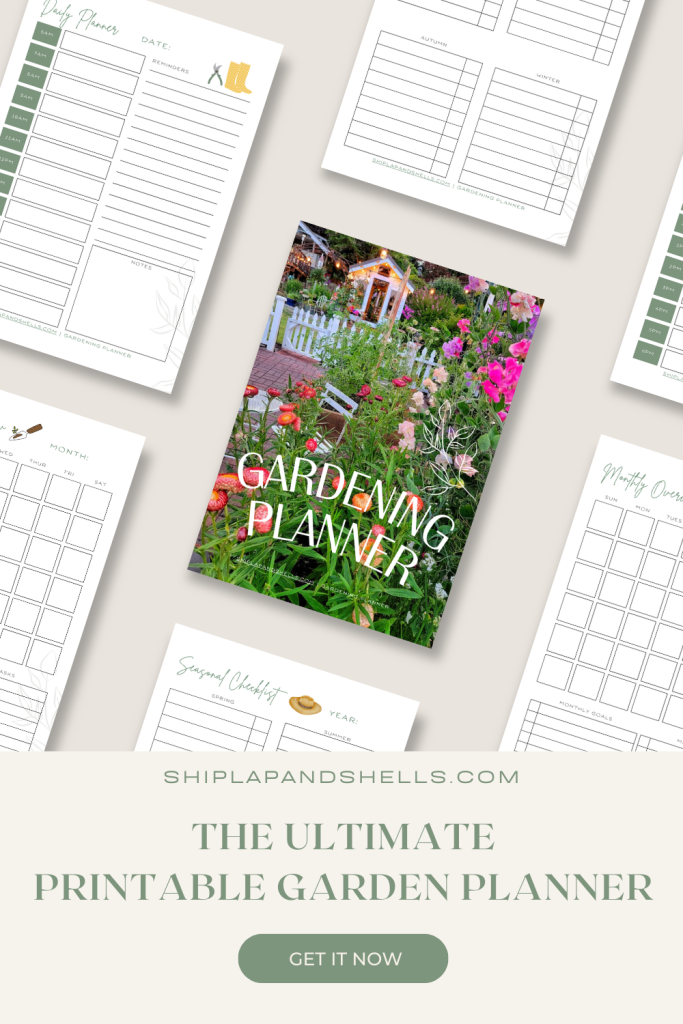
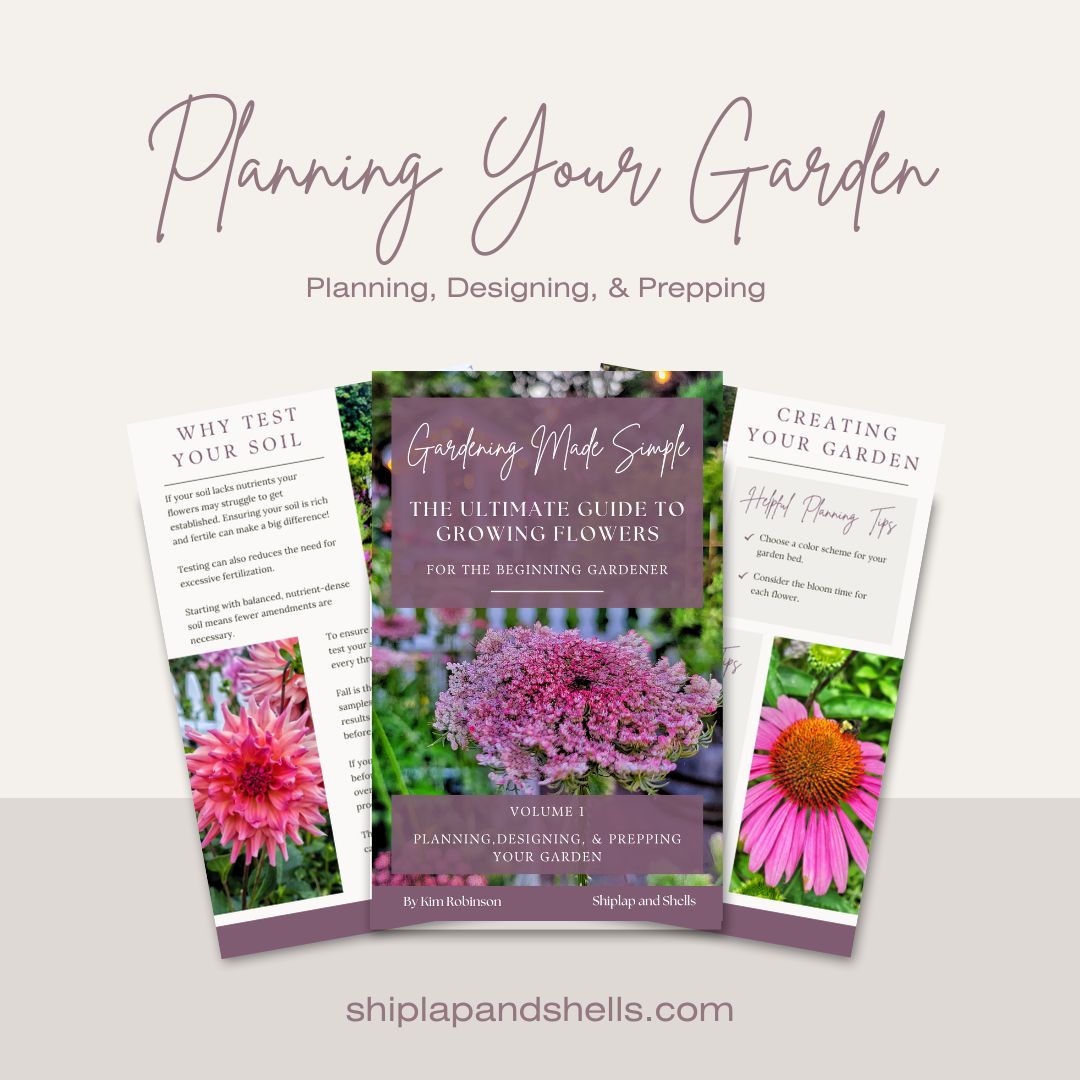
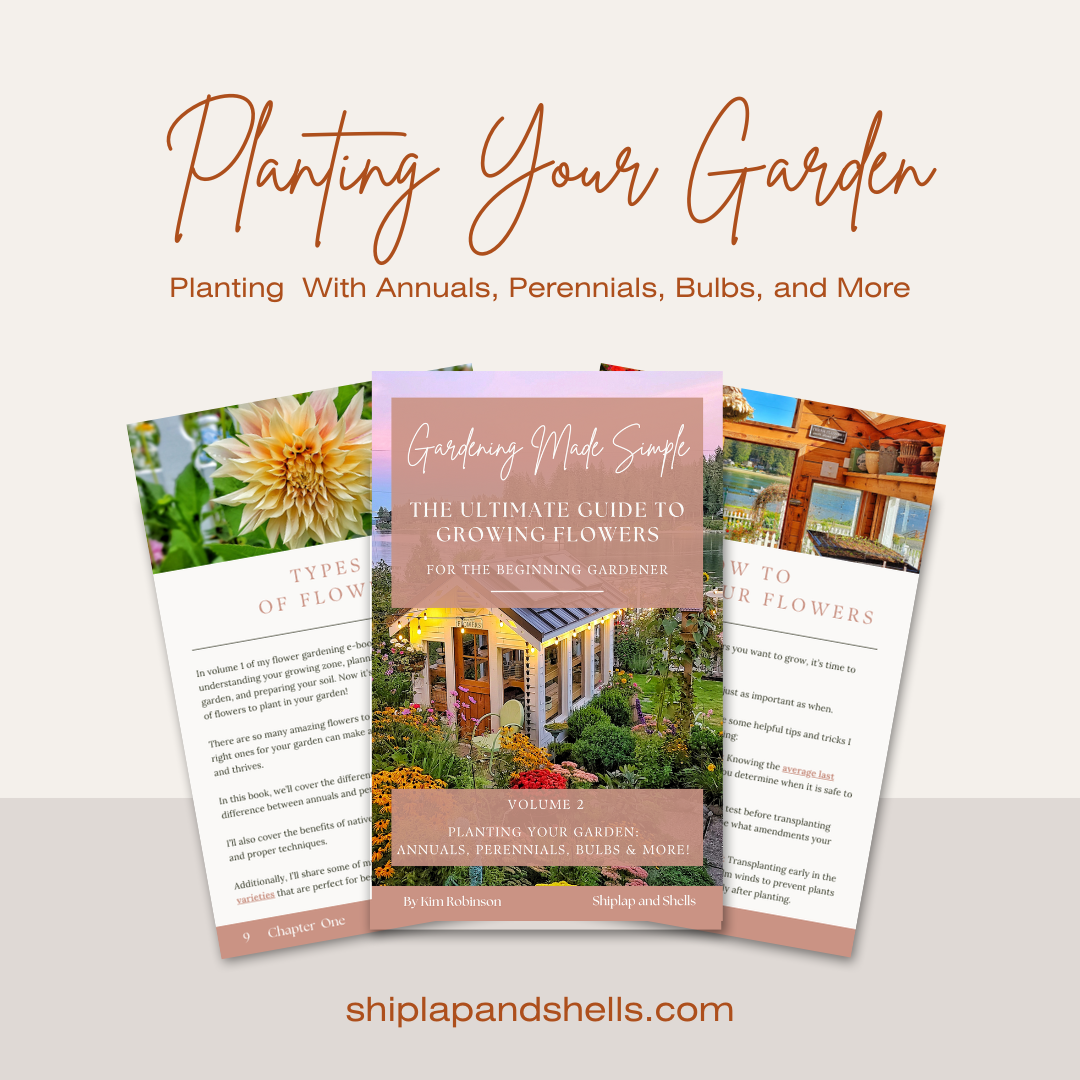
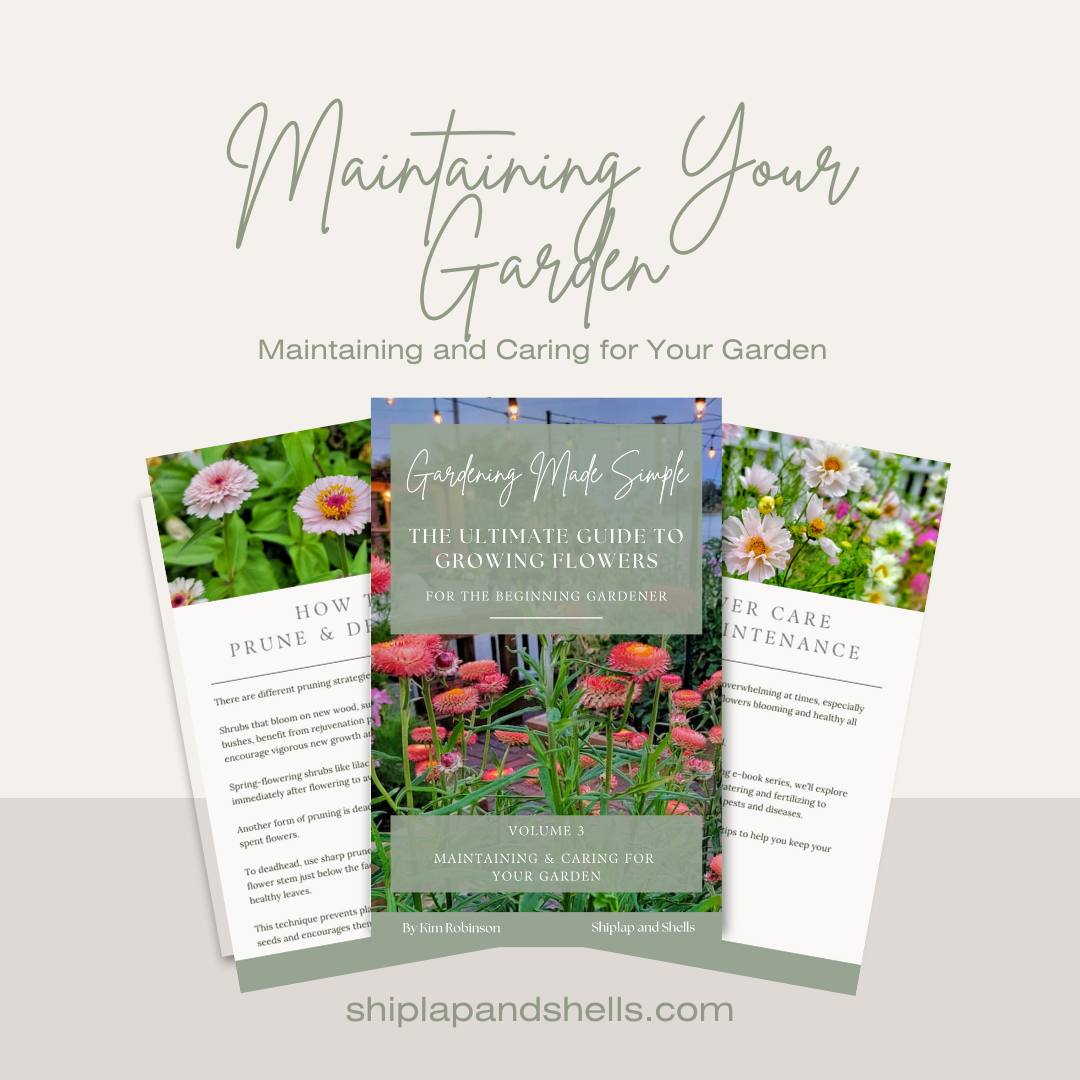
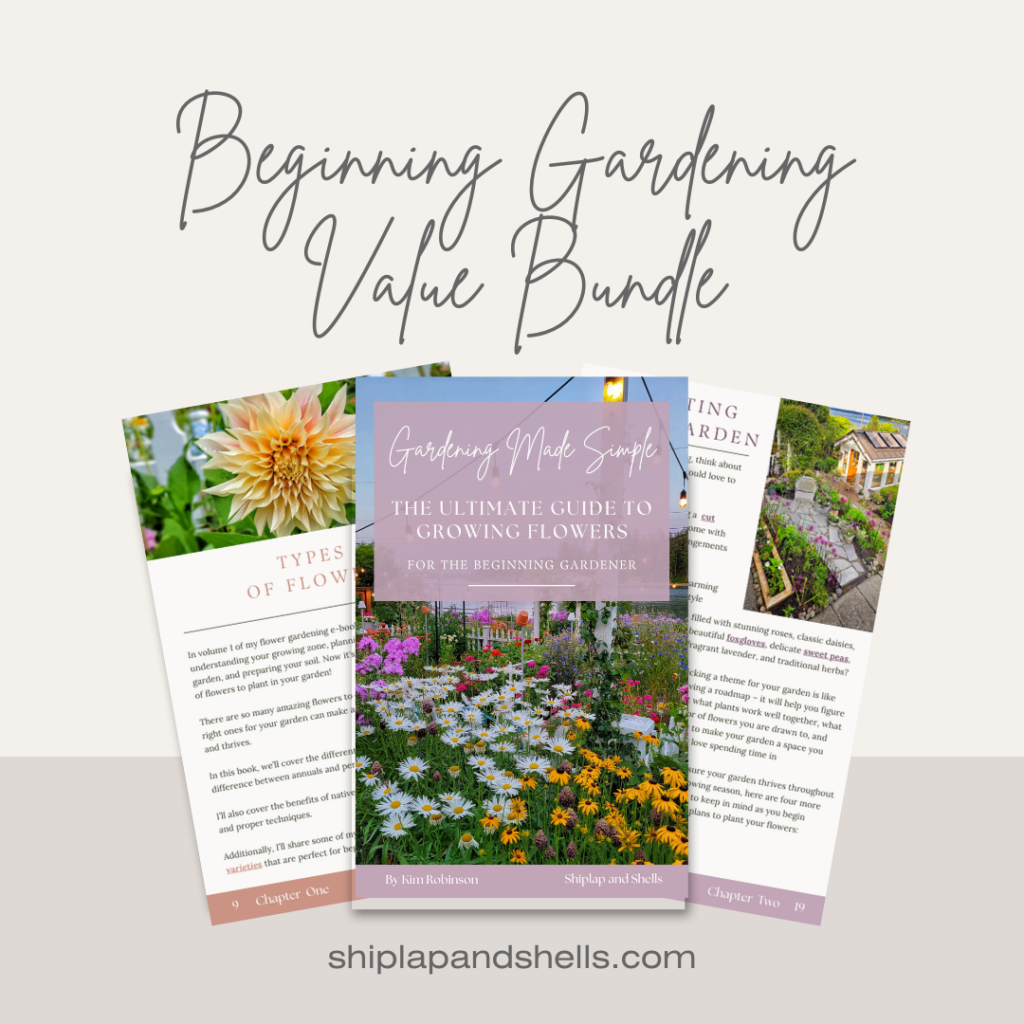
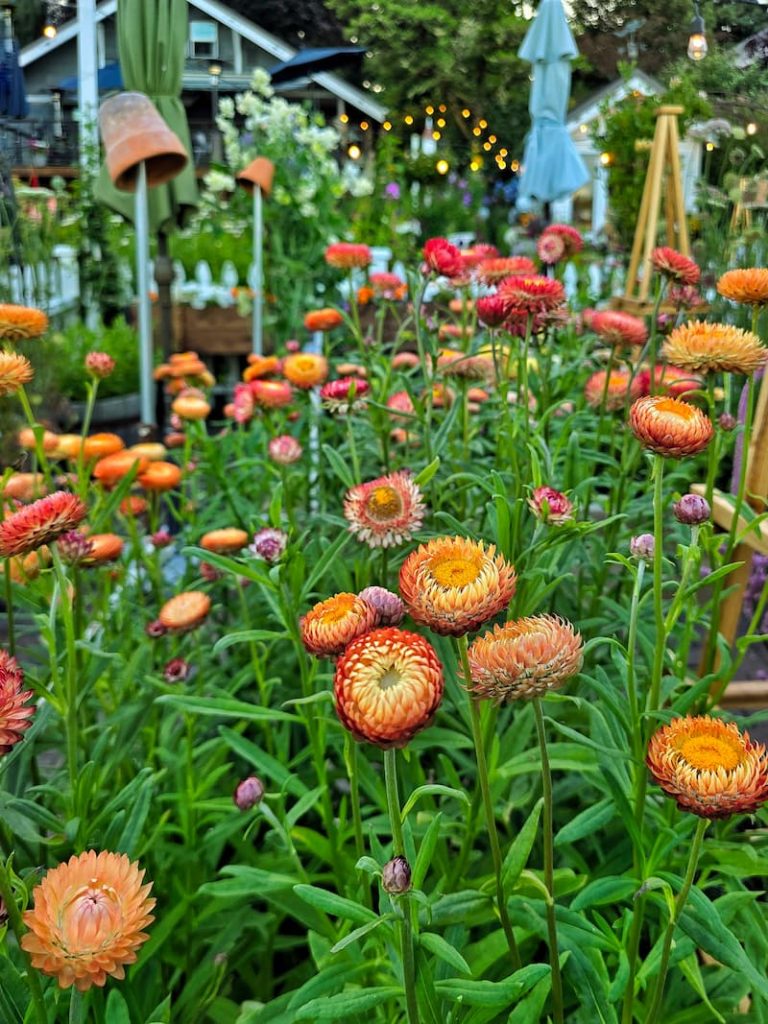
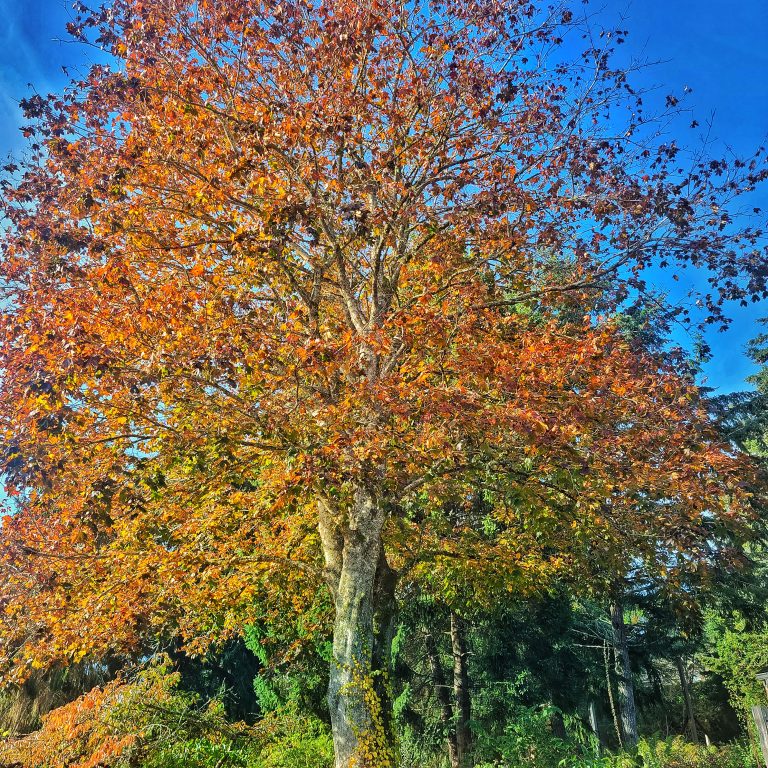
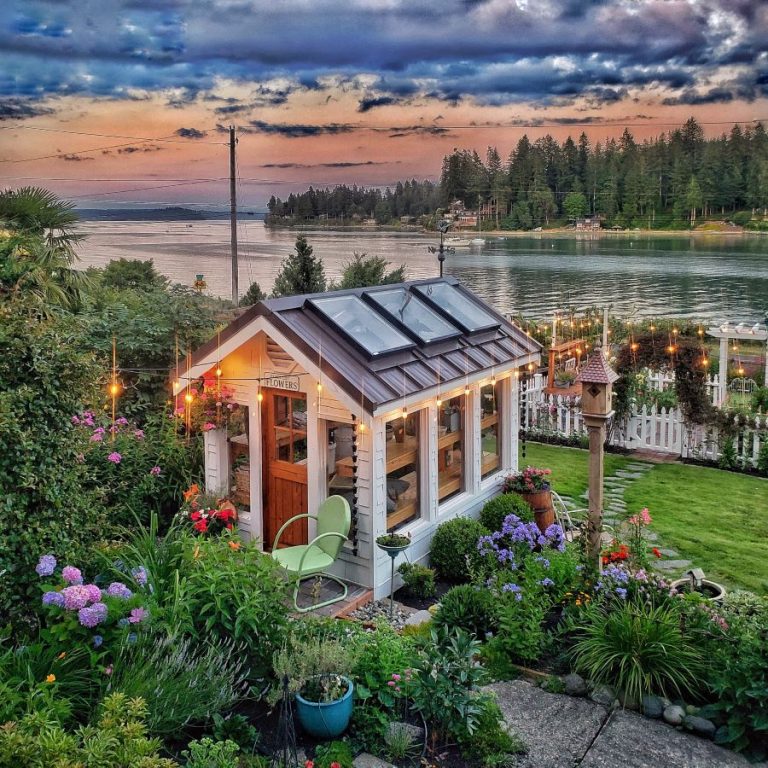
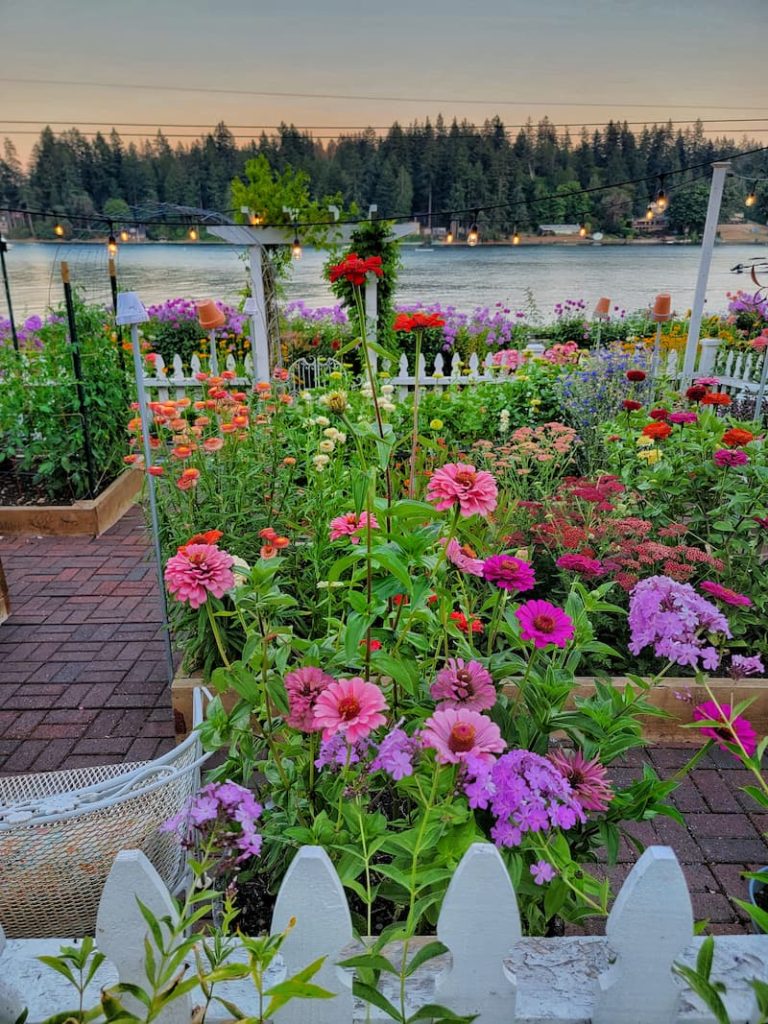
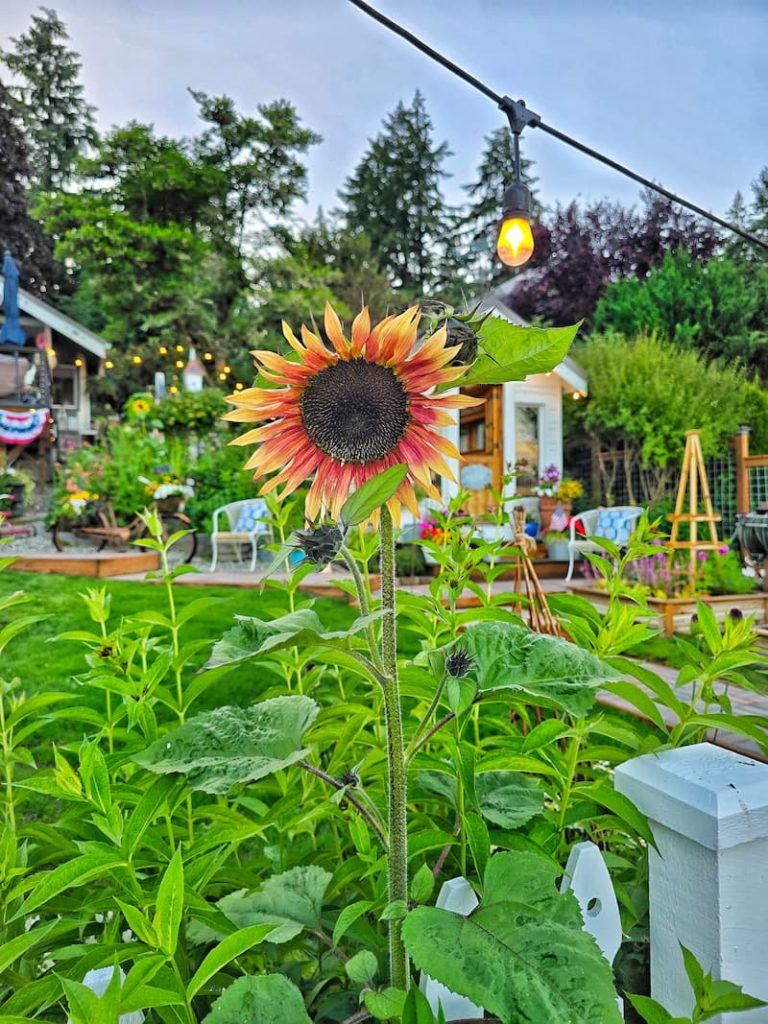
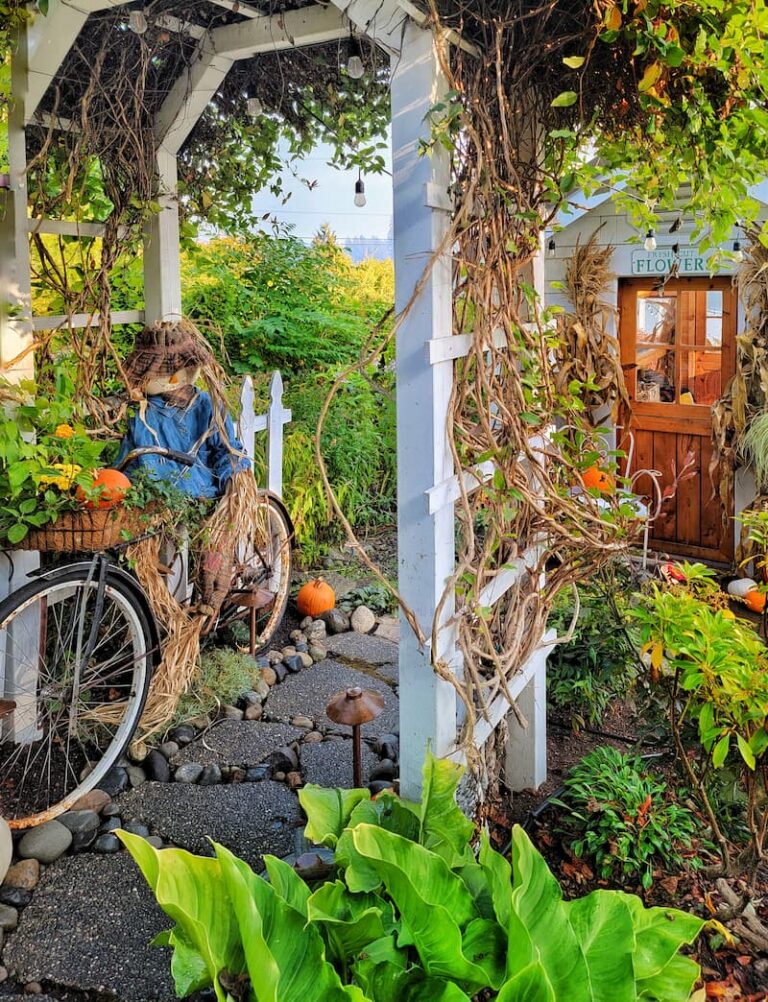
Lol
In one of the pictures above you have edging bricks. We’re did you get those? Thank you!
Hi Karen,
I believe they are from Home Depot. Thanks for reading the blog!